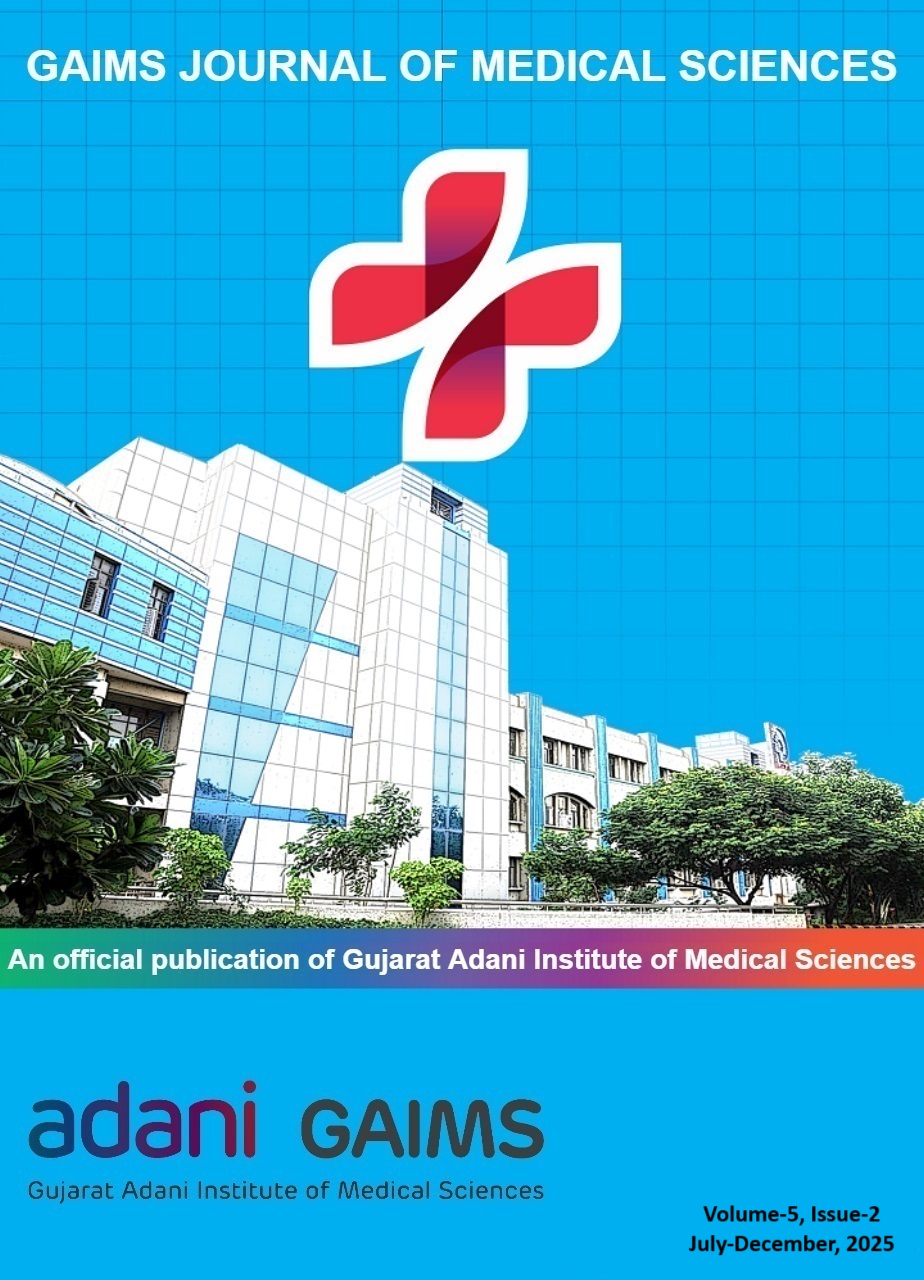The Prevalence of Metallo-β-lactamase (MBL) in Gram Negative Bacilli and their Antimicrobial Susceptibility Pattern at Tertiary Care hospital, Vadodara
Keywords:
MBL, Gram Negative Bacilli, Antimicrobial resistanceAbstract
Background: Antimicrobial resistance is the major threat due to broad spectrum antimicrobials are being used in community practice. The Metallo-β-lactamases (MBLs) in gram negative bacteria have emerged as a major cause of health care associated infections. They hydrolyse all beta-lactam antibiotics including extended spectrum cephalosporins and carbapenems at the same time it is not inhibited by serine beta-lactamase inhibitors like clavulanic acid, sulbactam, and tazobactam and are resistant to many antibiotics. The present study is aimed to determine the prevalence of Metallo-β-lactamase (MBL) in gram negative bacilli and their antimicrobial susceptibility pattern at tertiary care hospital, Vadodara.
Material and methods: Total 1350 Clinical specimens were included in the study. The isolates were identified as per standard microbiological procedures od the laboratory such as staining, colony morphology & biochemical reactions. All the isolates were subjected to antibiogram study for the antibiotics plus a phenotypic screening test for MBL was done by disc diffusion test using single Imipenem disc by modified Kirby Bauer disk diffusion method. 117 Imipenem resistant isolates were tested for MBL by Imipenem EDTA combined disc synergy test as a confirmatory test.
Results: The prevalence of MBL producing isolates were 6.39%. Maximum number of MBL producers were isolated from the Medicine ward (19, 40.42%) and ICU (11, 23.40%). Maximum number of Specimens containing MBL producers were Pus and Swab (19, 40.42%) followed by Sputum (13, 27.65%). The most common bacterial isolates were Escherichia coli (311) followed by Klebsiella spp. (224) and Pseudomonas aeruginosa (97). The prevalence of MBL production were more common in Pseudomonas spp. (20 out of 97, 20.61%) followed by Acinetobacter spp. (3 out of 19, 15.78%). Polymyxin B and Colistin were the most effective drugs against MBL producers.
Conclusion: Prevalence of MBL in our study is 6.39%, which are multidrug resistance though Polymyxin–B and Colistin is still effective treatment option. So there is a need to do surveillance to detect MBL producers, judiciously use Carbapenems along with Antimicrobial Stewardship to prevent their spread.
Downloads
Published
Issue
Section
License
Copyright (c) 2025 Nisarg Trivedi, Mitesh Kamothi, Bhavesh Gohil, Hitesh Assudani

This work is licensed under a Creative Commons Attribution-NonCommercial-ShareAlike 4.0 International License.








